Vintage fashion, with its intricate interplay of styles across epochs, serves as a testament to the enduring artistry of design and the future of sustainability
Vintage fashion is a visual ride that dances through the decades, celebrating the quirks and idiosyncrasies that have made each era truly unique. But what makes it so enduringly appealing? Vintage pieces tell stories of their own, carrying the nostalgia of bygone times and the craftsmanship of yesteryears.
Moreover, it is synonymous with sustainable fashion. By embracing pre-loved clothing, you’re reducing your environmental footprint and contributing to a greener future. It’s a win-win for both style enthusiasts and the planet.
RELATED: From Catwalk to Sidewalk: Runway Trends For Everyday Glam
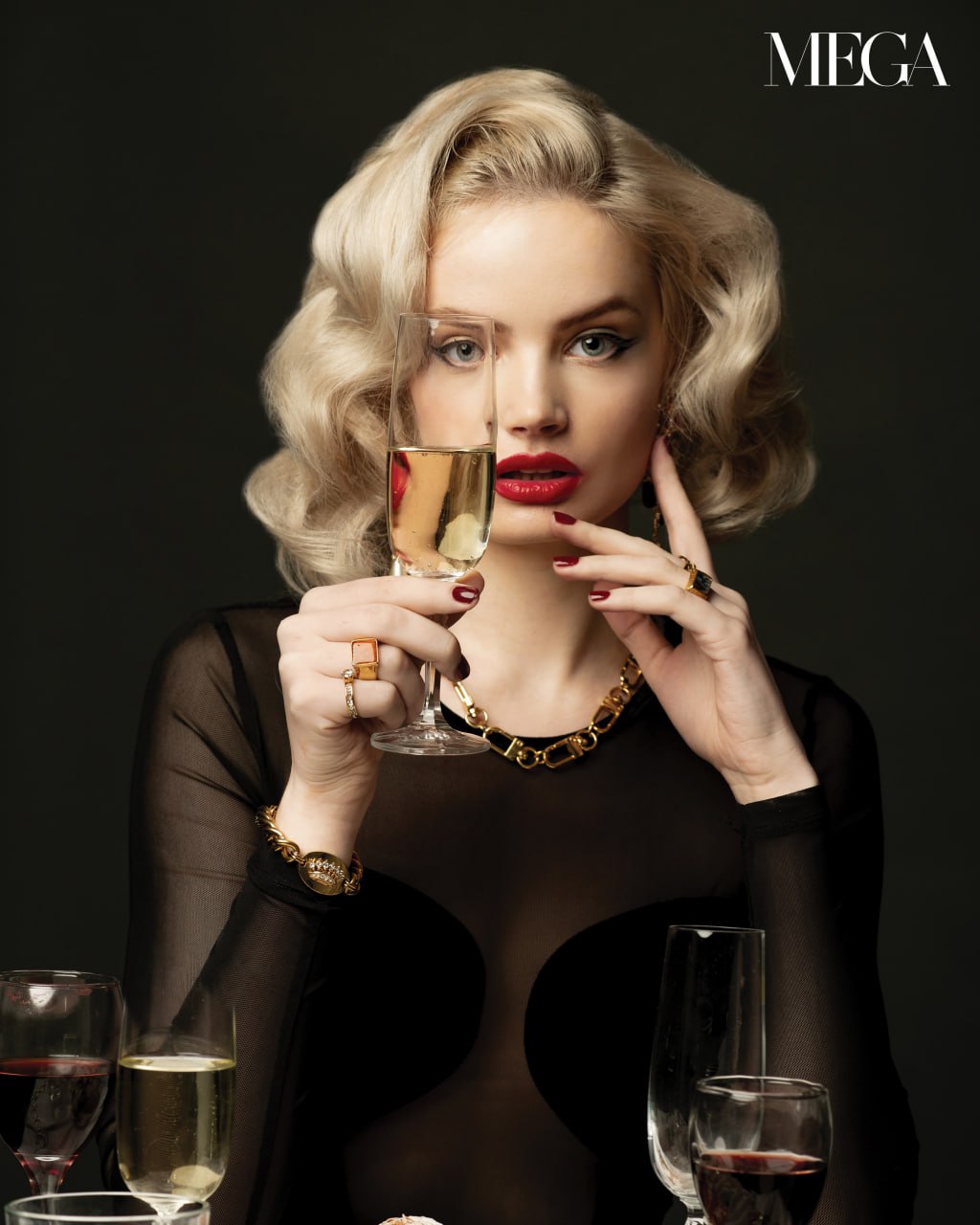
Our history begins in the roaring 1920s, an era of rebellion and liberation, where flapper dresses swirled and jazz filled the air. The fashion of the 20s was a rebellion against convention, a dance of feathers and fringe that echoed the spirit of a generation breaking free from the shackles of tradition. It was the age where women shed their corsets and embraced shorter hemlines, creating a style that was all about freedom and fun. Think beaded fringe, cloche hats, and Art Deco jewelry.
Next, we make a stop in the glamorous 1930s, an era of elegance and Hollywood glamour. Bias-cut gowns, wide-brimmed hats, and fur stoles defined the fashion landscape. The 1940s brought us wartime chic with its utility-inspired clothing.
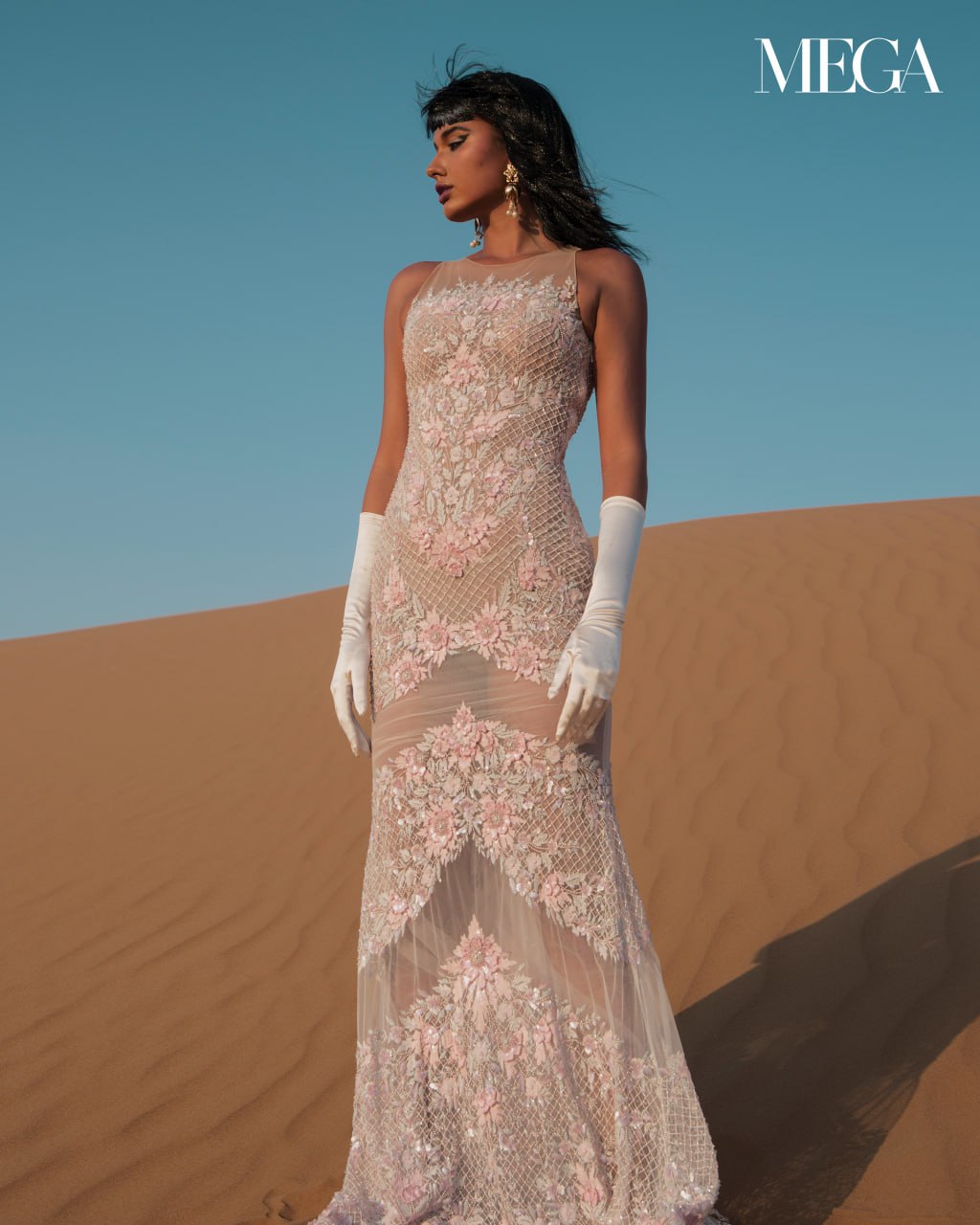
Then, there’s the elegance of the 50s—a time of grace and femininity. Think of the iconic image of Marilyn Monroe with a billowing skirt, the embodiment of classic beauty. Hourglass silhouettes, poodle skirts, and rock ‘n’ roll abound. The 50s was when fashion whispered of sophistication, where every outfit was a nod to quirky elegance.
As we entered the 1960s, things got groovy with miniskirts, psychedelic prints, and the mod fashion revolution. Fast-forward to the 70s—the era of disco balls and psychedelic prints. Imagine the boldness of bell-bottom pants, a statement piece that swayed with every step, and the audacity of mixing patterns with abandon. The 70s embraced a fearless attitude that spilled over into fashion, with each outfit a testament to individuality.
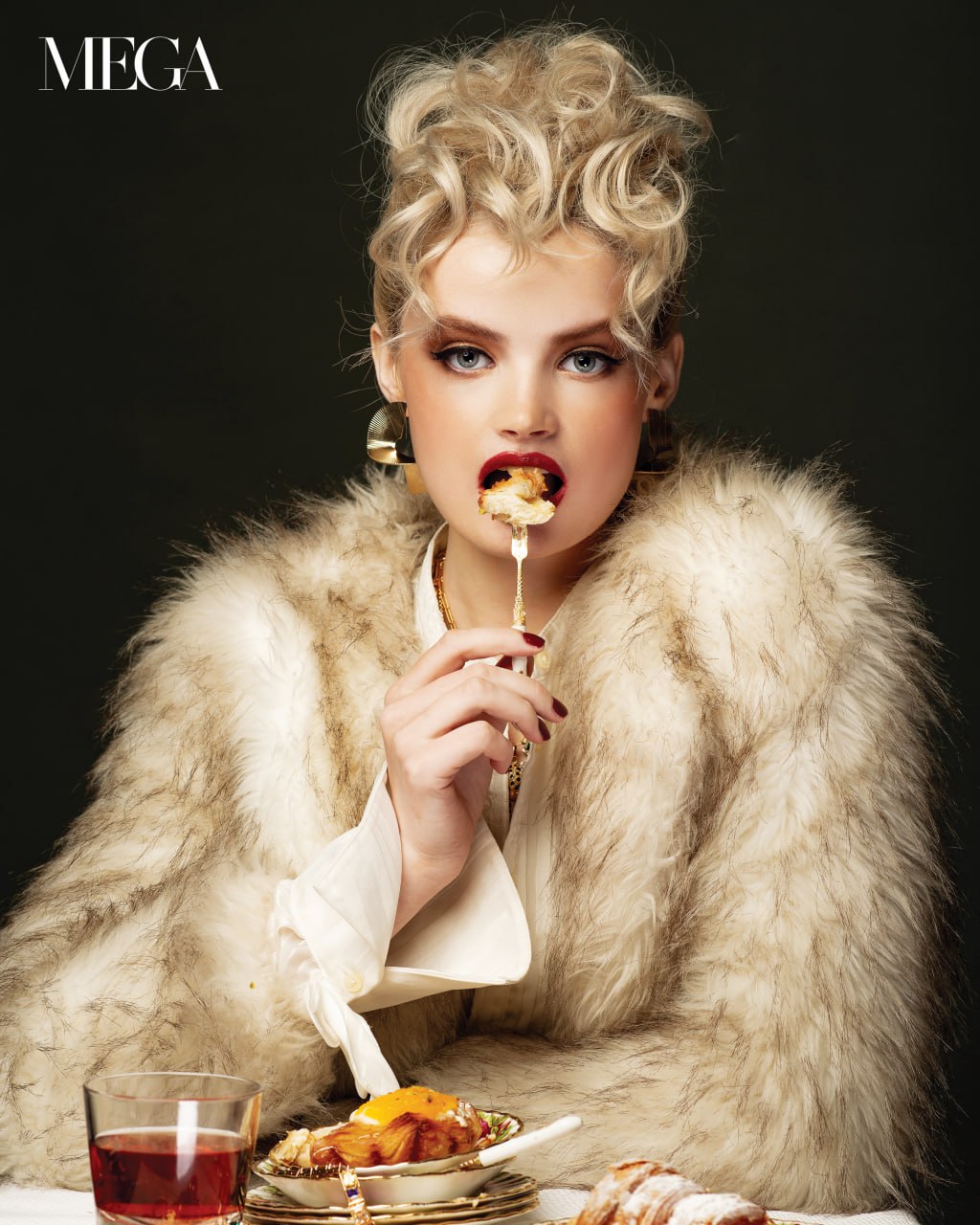
Who can forget the 80s? It was a time of power suits with shoulders that defied gravity and colors that screamed for attention—neon hues, oversized blazers, and daring fashion choices that challenged the norm. The 80s were a visual explosion, a kaleidoscope of bold statements that dared you to look away.
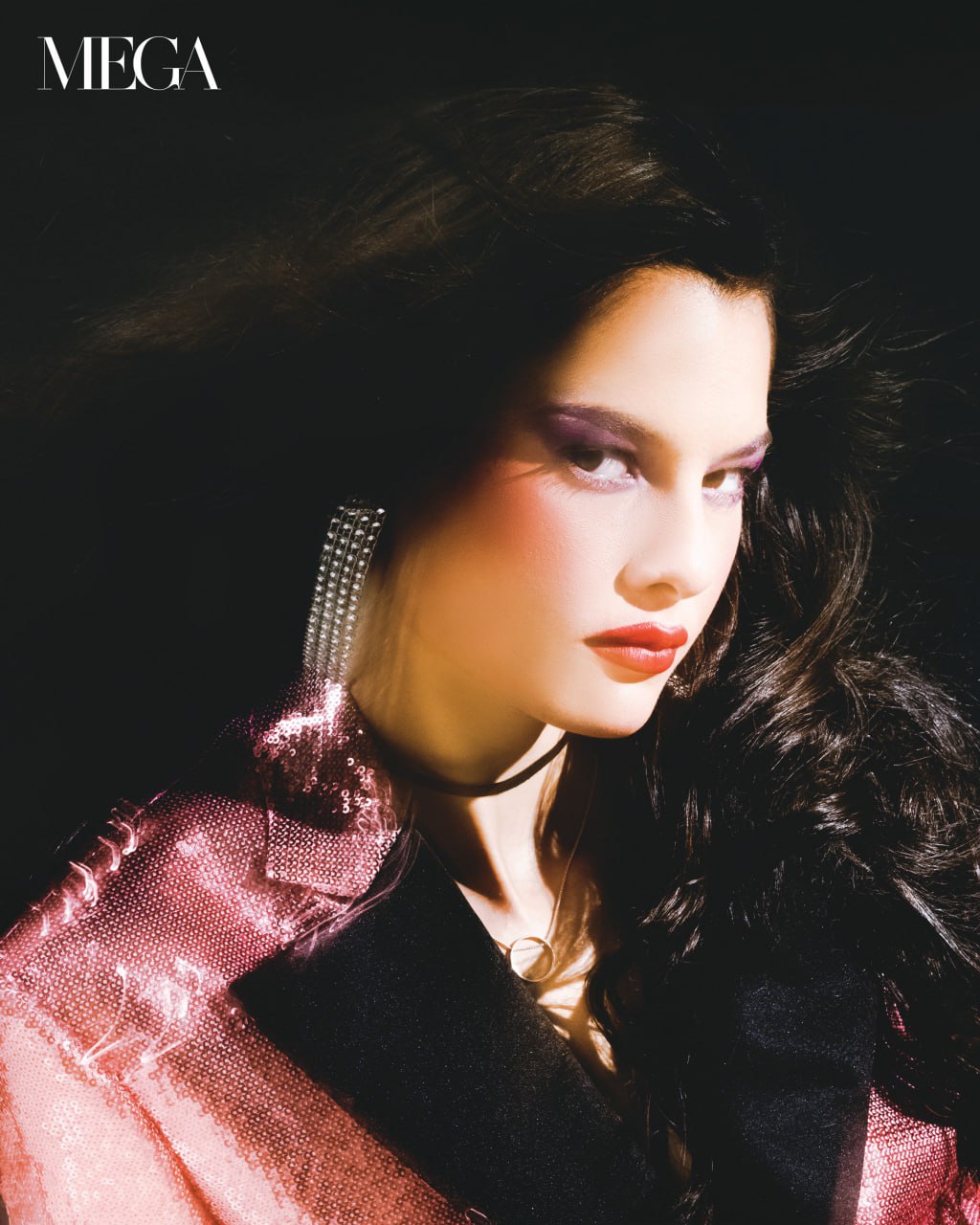
Finally, the 1990s was a decade marked by grunge fashion, crop tops, and baggy jeans. Visualize the laid-back coolness of Kurt Cobain’s flannel shirts and Kate Moss’s effortless style. This era was all about a “less is more” approach, proving that fashion could be chic without the need for excess. This decade has revitalized current fashion, proving that great style never truly goes out of fashion.
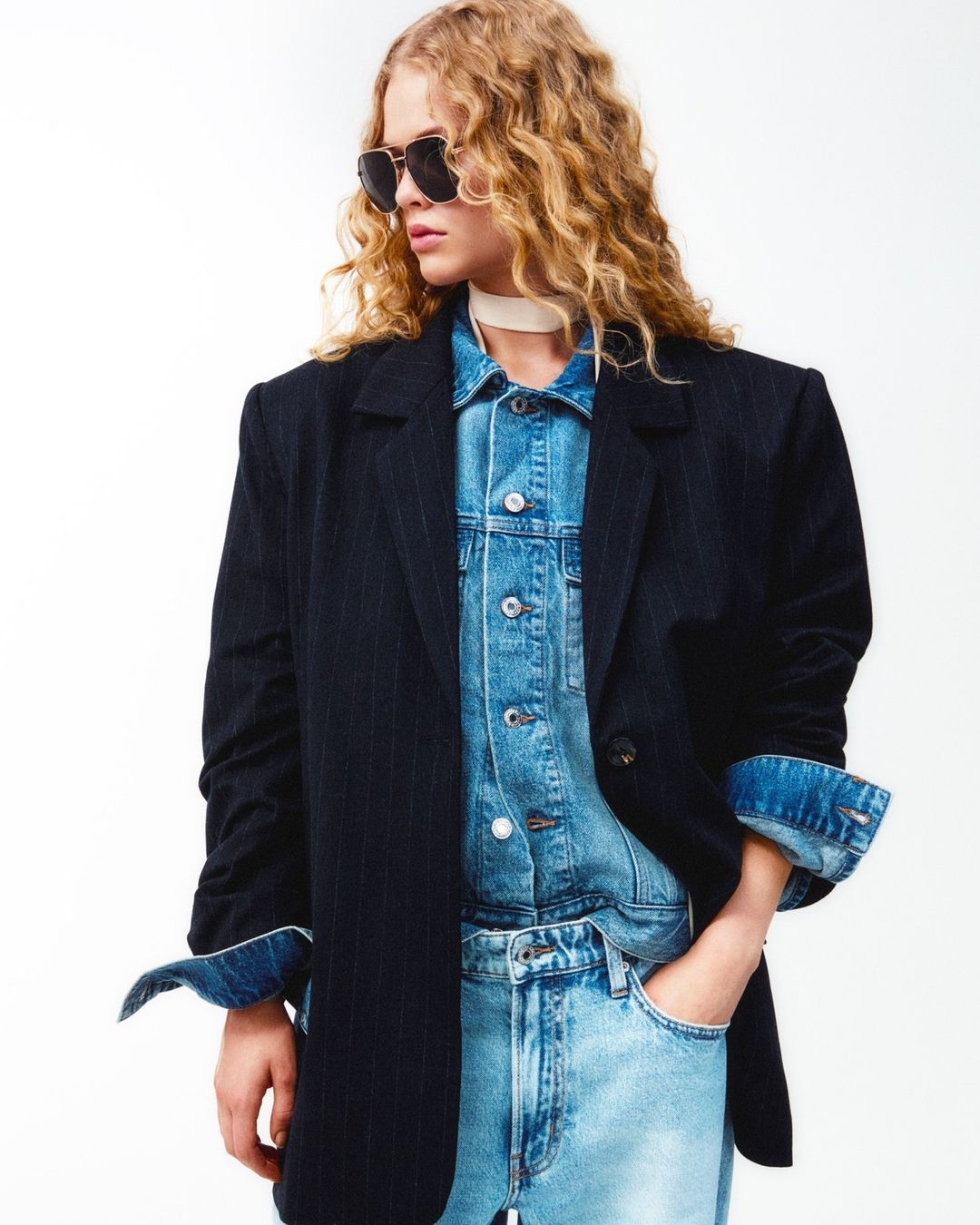
What records lie within these folds, waiting for us to uncover their enigmas? The flapper dresses of the 1920s that audaciously challenged norms or the poised silhouettes that graced the golden era of Hollywood in the 1950s—each era is a chapter in the grand story of fashion, offering a glimpse into the society that birthed it.
The enigmatic response of vintage fashion extends beyond its aesthetic appeal. It allows us a look of nostalgia and modern innovation. How does slipping into a vintage piece transport us to a different time while seamlessly fitting into the present? To wear such attire is to become a steward of history, infusing it with a contemporary flair. The combination of classic and modern elements sparks a visual dialogue that transcends time, evoking contemplation on the ever-evolving nature of style.

Our fascination encapsulates the cultural space that gives rise to each era’s style. How do the vintage boutiques tucked away in style capitals serve as gatekeepers of forgotten stories and concealed treasures? With every discovery, we rewrite a forgotten chapter, giving voice to the tales fixed into each stitch and seam. We break, we take away, and we birth new again. These sanctuaries of haute couture found in Sunday marketplaces, hidden amongst thoughts and ideas, between wars and success, invite us to become explorers of viable fashion, unearthing relics that bridge the gap between past and present.
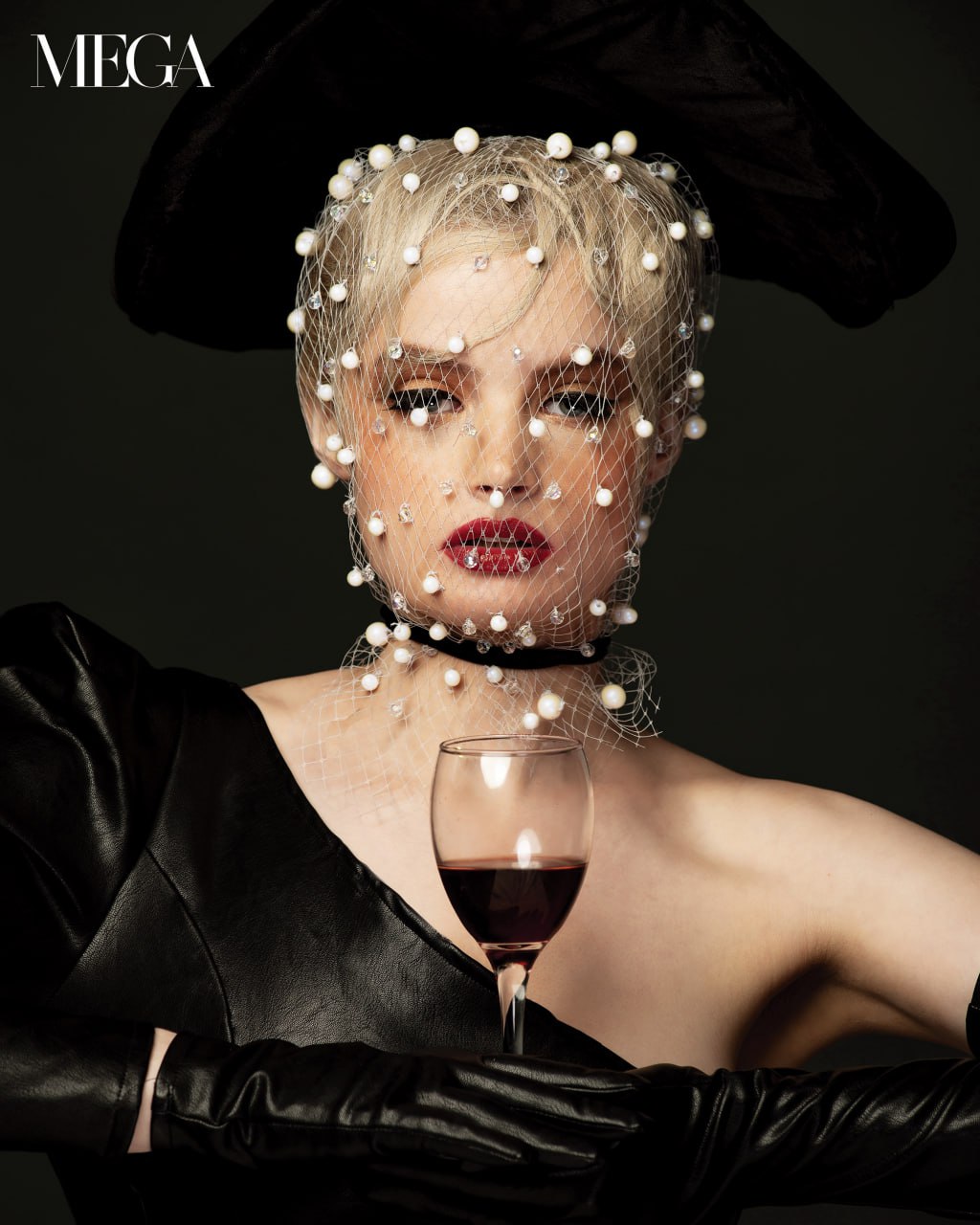
So, how can you dive into the world of vintage fashion? Start by exploring local thrift shops, vintage boutiques, and online resale platforms. Don’t be afraid to experiment with different eras and styles until you find what resonates with you. This type of fashion is all about expressing your unique personality and style. It’s about finding that perfect piece in a thrift store or rediscovering a gem in your grandmother’s attic.
As we return to the present, let’s not forget the charm of these bygone eras. Each decade was a thread woven into the fabric of fashion history. Vintage style isn’t just a collection of old clothes, but also a celebration of the quirks and eccentricities that have shaped our sartorial choices.

Vintage is a timeless fashion odyssey that allows you to travel through time, express your creativity, and make sustainable fashion choices. From the elegance of the 1930s to the wild experimentation of the 1960s and beyond, vintage style is a foundation of fashion history waiting to be tangled into your wardrobe.
Photos MEGA ARCHIVES






